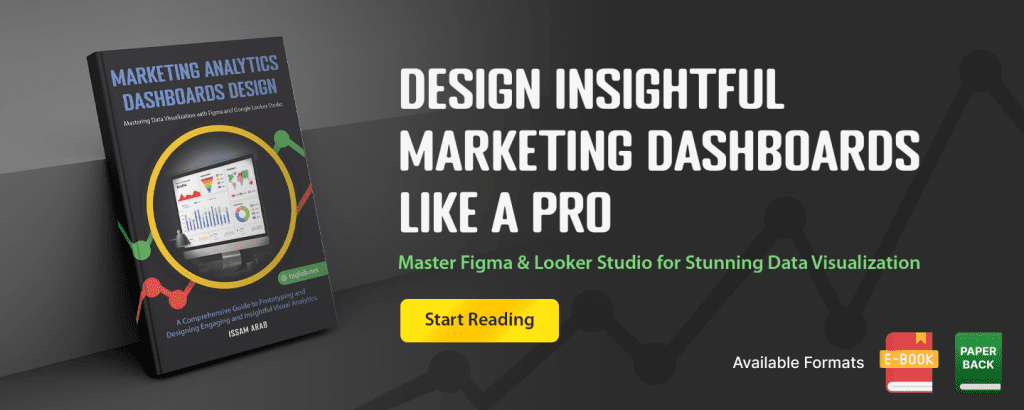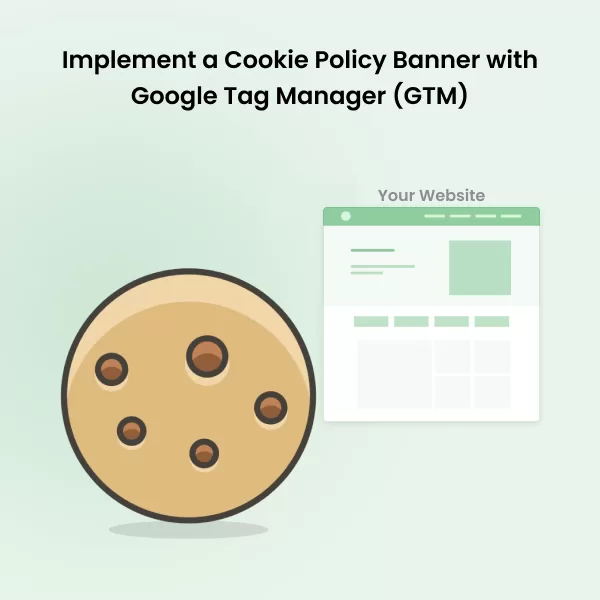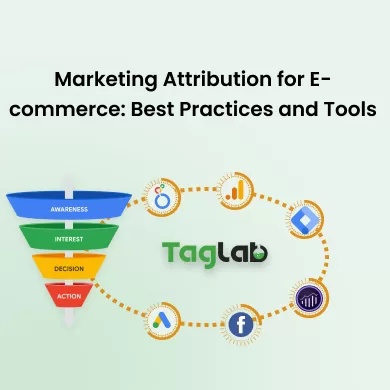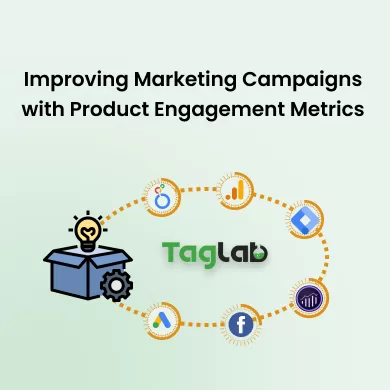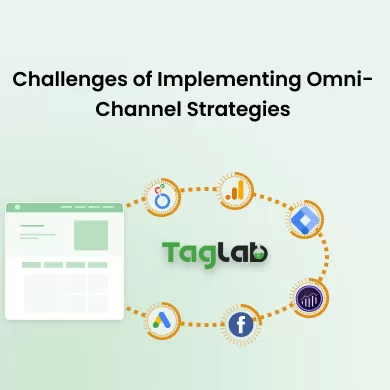Your cart is currently empty!
Outbound Lead Conversion Rate Metric Definition
Posted by:
|
On:
|
Outbound Lead Conversion Rate is a key performance indicator (KPI) that measures the percentage of outbound leads—those generated through outbound marketing efforts such as cold calling, direct mail, and outbound emails—that convert into paying customers. This metric is essential for understanding the effectiveness of outbound marketing strategies and their impact on sales.
Detailed Explanation
What is Outbound Lead Conversion Rate?
Outbound Lead Conversion Rate refers to the percentage of leads generated through outbound marketing efforts that successfully convert into customers. It is calculated by dividing the number of conversions (sales) from outbound leads by the total number of outbound leads and multiplying the result by 100 to get a percentage. A higher conversion rate indicates that the outbound marketing strategies are effectively reaching and converting potential customers.
How it Works?
Tracking Outbound Lead Conversion Rate involves monitoring the journey of leads generated through outbound channels, such as cold calls, direct mail, and email outreach. For example, if a company reaches out to 1,000 leads through cold calling and 50 of them convert into paying customers, the Outbound Lead Conversion Rate would be (50 ÷ 1,000) x 100 = 5%. This metric helps businesses evaluate the success of their outbound marketing strategies and identify areas for optimization.
Types of Outbound Lead Conversion Rates
- Overall Outbound Lead Conversion Rate: The average conversion rate across all outbound leads.
- Channel-Specific Conversion Rate: The conversion rate for outbound leads segmented by different marketing channels, such as cold calling, direct mail, or email outreach.
- Campaign-Specific Conversion Rate: The conversion rate for outbound leads generated from specific marketing campaigns, such as a direct mail campaign or an outbound email campaign.
- Segment-Specific Conversion Rate: The conversion rate for outbound leads segmented by different customer types, such as small businesses, enterprises, or specific industries.
Illustrative Scenarios
Examples
- If a company sends 5,000 direct mail pieces and 250 recipients convert into customers, the Outbound Lead Conversion Rate is 5%.
- If the conversion rate for leads generated through cold calling is lower than that of outbound emails, the company might decide to focus more resources on outbound email campaigns.
Segmentation
Analyzing Outbound Lead Conversion Rates by different segments (e.g., by marketing channel, customer type, or geographic location) can provide deeper insights into which strategies are most effective. For example, comparing conversion rates for leads generated from cold calling versus direct mail can help identify which outbound tactics are more successful at driving conversions.
Factors Influencing Outbound Lead Conversion Rate
- Quality of Outreach: High-quality, personalized outreach that resonates with the target audience can significantly improve conversion rates.
- Targeting Accuracy: The effectiveness of outbound lead conversion often depends on how well the outreach is targeted to the right audience.
- Sales Messaging: Clear, compelling sales messaging that addresses the specific needs and pain points of leads can enhance conversion rates.
- Timing of Outreach: The timing of outbound efforts, such as when a cold call is made or an email is sent, can impact the likelihood of conversion.
- Follow-Up Process: Prompt and effective follow-up with outbound leads can increase the chances of conversion, improving the overall conversion rate.
Strategies to Improve Outbound Lead Conversion Rate
- Optimizing Targeting: Refine targeting criteria to focus on leads most likely to convert, based on demographic, firmographic, and behavioral data.
- Improving Sales Messaging: Develop clear, compelling messaging that addresses the specific needs of the target audience and differentiates your offering.
- Personalizing Outreach: Use personalized outreach strategies, such as customized emails or tailored direct mail, to engage leads more effectively.
- Enhancing Follow-Up: Implement a structured follow-up process to ensure timely and consistent engagement with outbound leads.
- Testing and Iterating: Regularly test different outbound tactics, messaging, and timing to identify what works best for your audience.
Outbound Lead Conversion Rate Benchmarks
Outbound Lead Conversion Rate benchmarks vary by industry, company size, and the complexity of the sales process. For example:
- B2B Sales: Typically sees conversion rates ranging from 2% to 5%, depending on the complexity of the product and the effectiveness of the outbound strategy.
- Real Estate: May have higher conversion rates, between 5% and 10%, due to more personalized outreach efforts.
- Financial Services: Often experiences conversion rates between 3% and 7%, depending on the nature of the service or product offered.
Comparing your company’s Outbound Lead Conversion Rate against industry standards can help gauge performance and set realistic goals.
Tools for Measuring Outbound Lead Conversion Rate
- CRM Systems: Tools like Salesforce and HubSpot track outbound leads and their conversion rates, offering detailed analytics.
- Sales Engagement Software: Platforms like Outreach and SalesLoft help manage outbound campaigns and measure conversion rates.
- Marketing Automation Software: Tools like Marketo and Pardot automate outbound marketing efforts and track conversion rates.
Common Pitfalls and Mistakes
- Focusing Solely on Volume: Prioritizing the quantity of outbound leads over their quality can result in lower conversion rates.
- Overlooking Targeting: Ineffective targeting can lead to outreach efforts that fail to resonate with the intended audience, reducing conversion rates.
- Neglecting Personalization: Generic, non-personalized outreach can lead to lower engagement and conversion rates among outbound leads.
- Ignoring Data Analysis: Failing to analyze conversion rate data by segment can result in missed opportunities to optimize specific areas of the outbound marketing process.
- Inconsistent Follow-Up: Failing to follow up consistently with outbound leads can result in missed opportunities and lower conversion rates.
Frequently Asked Questions
What is Outbound Lead Conversion Rate?
Outbound Lead Conversion Rate measures the percentage of leads generated through outbound marketing efforts that convert into paying customers. It is calculated by dividing the number of conversions from outbound leads by the total number of outbound leads and multiplying by 100.
Why is Outbound Lead Conversion Rate important?
Outbound Lead Conversion Rate is important because it indicates the effectiveness of a company’s outbound marketing strategies. A higher conversion rate suggests that the outbound process is successfully reaching and converting potential customers.
How can I improve my Outbound Lead Conversion Rate?
Improving Outbound Lead Conversion Rate can be achieved by optimizing targeting, improving sales messaging, personalizing outreach, enhancing follow-up processes, and regularly testing and iterating strategies.
What factors influence Outbound Lead Conversion Rate?
Factors influencing Outbound Lead Conversion Rate include the quality of outreach, targeting accuracy, sales messaging, timing of outreach, and the effectiveness of the follow-up process.
What is a good benchmark for Outbound Lead Conversion Rate?
A good benchmark for Outbound Lead Conversion Rate varies by industry. B2B sales typically sees rates from 2% to 5%, real estate ranges from 5% to 10%, and financial services may range from 3% to 7%.
